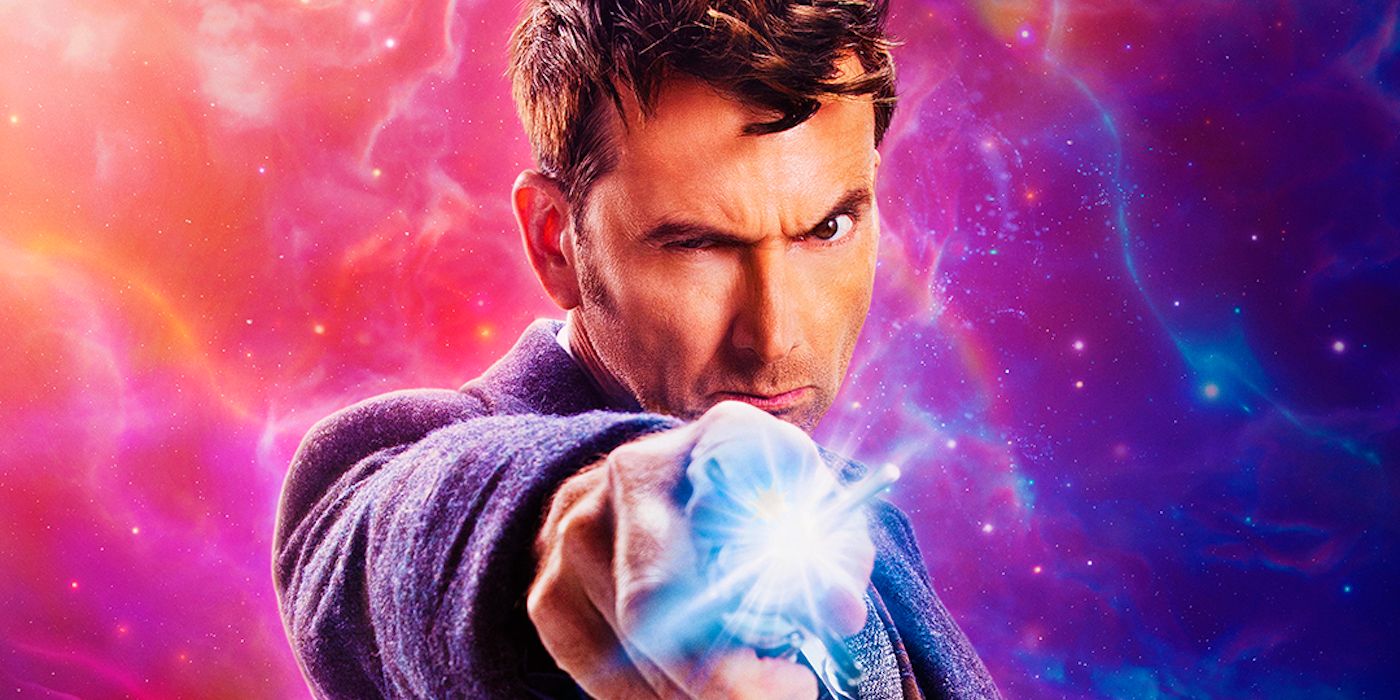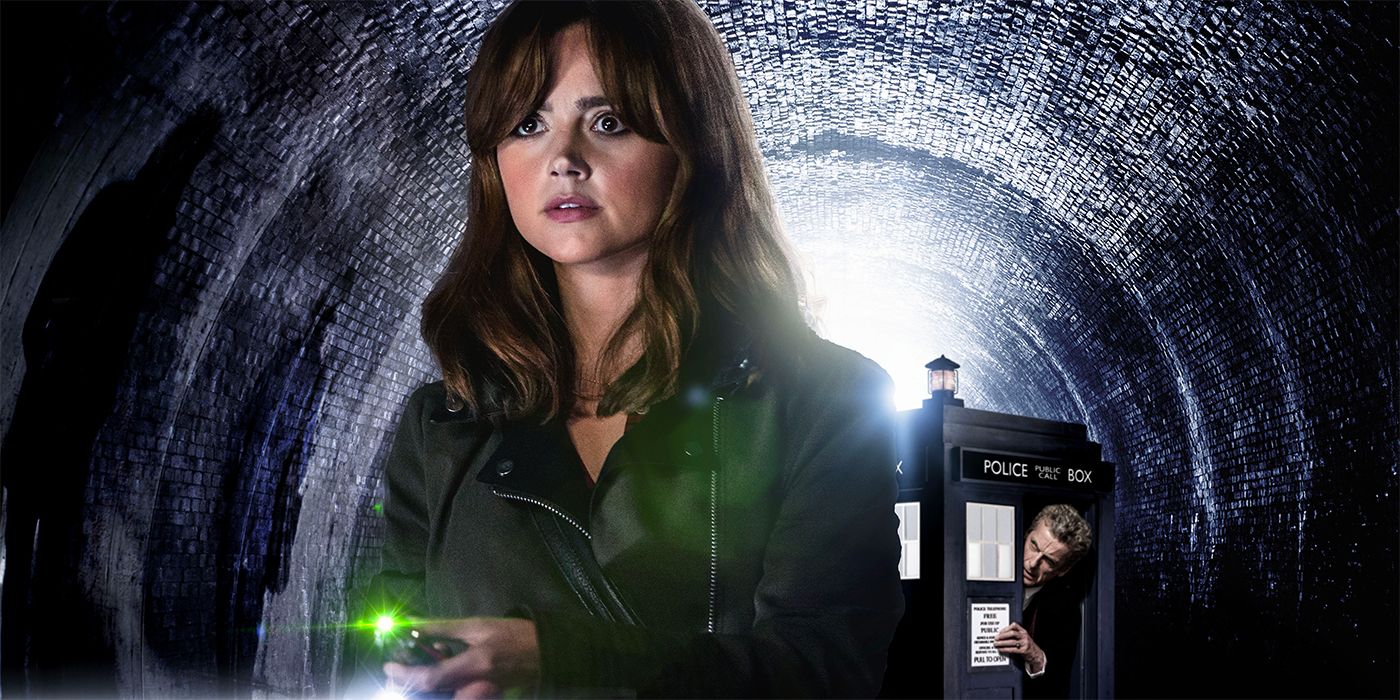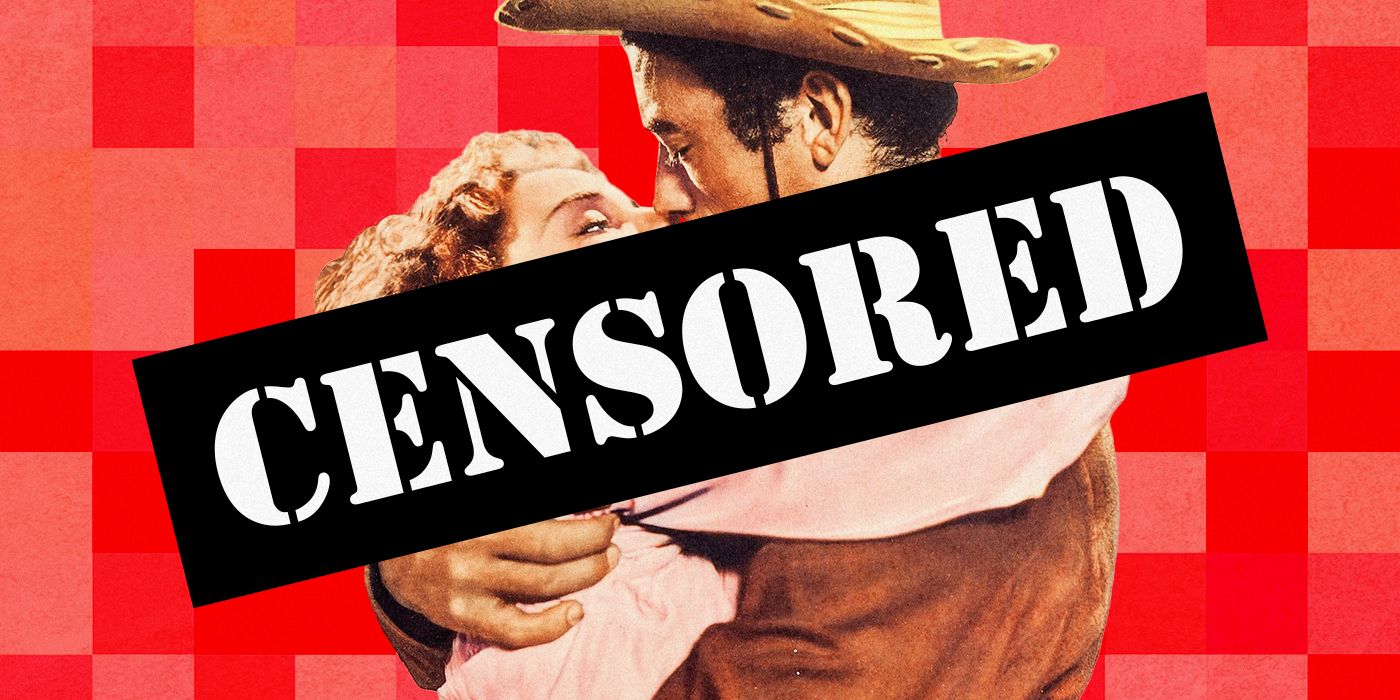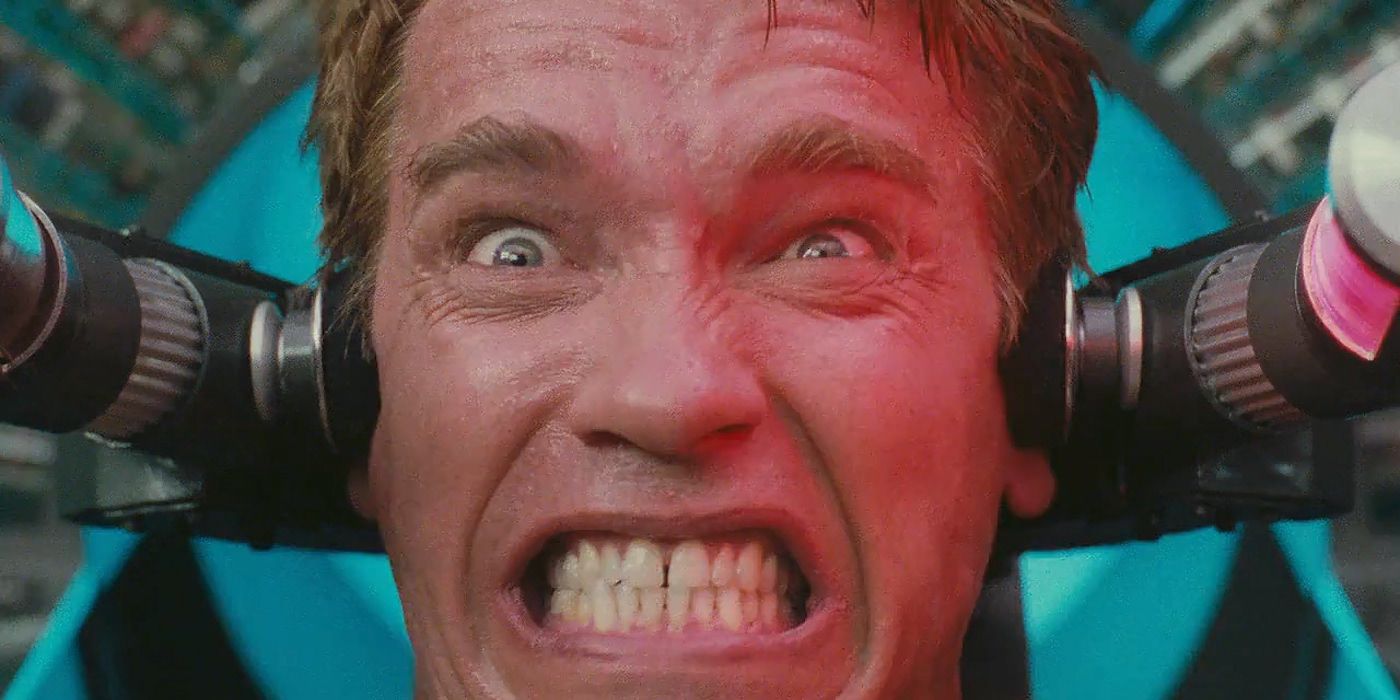The Big Picture
- Season 8’s “Flatline” is a standout episode that subverts the classic Doctor-companion dynamic.
- “Flatline” gives a unique perspective on the Doctor’s inner struggles and Clara’s transformation.
- The episode plays a crucial role in Clara’s journey, showcasing her evolution from companion to Doctor-like figure.
When it comes to Doctor Who episodes, Season 8’s “Flatline” is definitely a stand-out, though it is not often treated as such by fans of the show. Written by Jamie Mathieson, who also penned that same season’s “Mummy on the Orient Express”, the episode excels in everything that Doctor Who should be: it is thrilling, fun, silly, and, sometimes, more than a little bit scary. It is also a story that dabbles in concepts that can seem kind of hard-ish for a sci-fi show so loose in its approach to scientific concepts that it can often be called science fantasy: its monster-of-the-week is based on a classic physics debate about the possibility of the existence of two-dimensional beings. But, starring Peter Capaldi as the Twelfth Doctor and Jenna Coleman as Clara Oswald, “Flatline” is noticeable for how it subverts the classic Doctor-companion dynamic of the show.
Unlike stories such as the Tenth Doctor’s (David Tennant) “Blink” or even Twelve’s “Heaven Sent”/”Hell Bent” two-parter, “Flatline” isn’t often remembered as one of the greatest episodes of the 2005 run of Doctor Who, and yet it should be. Its basic plot, of course, is one that delivers on all fronts, and Douglas Mackinnon‘s directing makes sure that every moment counts in building the atmosphere of this freakish adventure that can make us laugh just as much as it can make us cover our faces in horror. However, the most important part of “Flatline” is that, for the first time in the history of the show, a companion is allowed to step in the shoes of the Doctor. This offers us a greater understanding of what makes the Time Lord tick, as well as of how much of the Doctor’s personality actually rubs on his time-traveling partners. And, most importantly, considering that the companion in question is none other than Clara, it helps build a one-of-a-kind arc that is as satisfying as it is heartbreaking.
Doctor Who
The show follows the adventures of a Time Lord “The Doctor” who is able to regenerate, and the Doctor’s human friends. The Doctor and companion’s journey through time and space in the TARDIS – a time-traveling ship shaped like a police box – saving the universe with a combination of wit, bravery, and kindness.
- Release Date
- March 17, 2006
- Main Genre
- Sci-Fi
- Seasons
- 14
- Studio
- BBC America
- Streaming Service(s)
- Disney+
What Happens During the ‘Doctor Who’ Episode “Flatline” About?
A Doctor-lite episode made to better accommodate the BBC’s schedule and budget, allowing Capaldi to shoot another story while Coleman took control of the wheels for a while, “Flatline” has the Doctor trapped inside an ever diminishing TARDIS in the middle of a 2D attack on Earth. If it sounds confusing, that’s because it is, but Mathieson has a way of making all pieces of this strange puzzle fall into place nicely. The gist of it is the following: Clara and the Doctor land on an estate in Bristol where people have been disappearing without a trace, sometimes from inside their homes. As a homage to the victims of this strange series of kidnappings, a tunnel has been covered with graffiti portraying the disappeared as if walking away, with their backs turned. As this mystery reveals itself to the Doctor and Clara, the matter of the TARDIS becomes more and more pressing: something has been draining the ship’s energy, forcing it to shrink down until it is no bigger than a tiny box that Clara can fit inside her bag.
With the Doctor trapped inside said tiny box, it is up to Clara to step into his shoes and investigate what’s been going on in the estate. By her side, she has Rigsy (Joivan Wade), a graffiti artist on community service whose aunt is among the missing. With a speaker in her ear, she also has the Doctor shouting instructions that she may or may not follow. Over the course of the story, it is revealed that the estate is actually under attack from a race of two-dimensional beings coming from another universe. The missing people haven’t disappeared at all: they have simply been reduced to 2D murals, such as the one in the tunnel — not an homage at all. As for the shrinking TARDIS, the beings — dubbed the Boneless by the Doctor — have been using its energy to change the number of dimensions of objects and people around them.
Eventually, the Boneless learn how to master three dimensions, and begin to chase down Clara, Rigsy, and a couple of other survivors. With the TARDIS in siege mode and the Doctor virtually unreachable, it is up to Clara herself to come up with a plan to revert the energy the creatures have stolen back to the TARDIS, restoring it to its original size. With the Doctor back in the picture, the Boneless are banned back to their dimension, and Clara confesses that she enjoyed being the Doctor for a day. The Doctor himself, however, is not at all happy with that assertion: he opens up to Clara about how being the Doctor can often mean choosing who lives and who dies. It can often mean lying to those around you, and giving false hope when everything seems doomed. “You were an exceptional Doctor, Clara,” he tells her when she asks him about her performance. “Goodness had nothing to do with it.”
“Flatline” Gives Us a Unique Perspective on What It Means To Be the Doctor
There is, of course, much more to “Flatline” than what we can fit in this little plot summary. However, this last line spoken by the Doctor in the episode is by far one of the best character examination ever presented in a single episode of Doctor Who. Again, despite not often regarded as such, it’s a line of dialog that is on par with the Tenth Doctor’s “I am the Time Lord victorious”, from the beloved 2009 special “The Waters of Mars”. It is a line that reveals to us that the Doctor is hardly proud of the things he does. Combined with Peter Capaldi’s solemn, even somewhat depressive delivery, it is a line that reveals that the Doctor does his best to keep his companions from turning into him — and, this time, he has failed.
This is not necessarily a well-kept secret. Frequently, in episodes of Doctor Who, companions are shown to be the better half of the Doctor-companion relationship. Catherine Tate‘s Donna Noble, who became a regular in the show just one season before the Tenth Doctor’s hubris got the best of him in “The Waters of Mars”, was particularly depicted as someone necessary to keep the Doctor in check. Without her, or without his companions in general, the show tells us, the Doctor can devolve into something cruel. And, even while saving our world from all kinds of threats, it is not goodness that shines through the Doctor’s actions, but pragmatism and a kind of disregard for the lives of the many. As the Doctor confronts Clara about how she had to allow others to die in order to permit Rigsy and his hideous community service supervisor, Fenton (Christopher Fairbank), to survive, it becomes clear to viewers that the Doctor sees these kinds of choices as a fact of life for him, but doesn’t wish it upon his friends.
Moreover, the final moments of “Flatline” reveal to us that the Doctor isn’t the slightest bit proud of himself for what he has to do. It is with concern, not with admiration, that he realizes that Clara has become so much like himself, to the point of counting it as a victory when just two out of a handful of people survive the day. This brings us back to the Tenth Doctor: Tennant’s run is often regarded as depicting the Doctor in his darkest hour, not just marked by the Time War, but also by losing Rose (Billie Piper) and by the return of the Daleks and the Master (John Simm). Matt Smith‘s run as the Eleventh Doctor is a bit more chipper, and sees Gallifrey returning from the dead. Capaldi’s Doctor had everything to be the happy one of the lot, but he is not — not because he has condemned his home planet to extinction, but simply because he finds no pleasure or pride in being who he is.

David Tennant Shouldn’t Get His Own ‘Doctor Who’ Spinoff
Everything has its time and everything ends.
“Flatline” Is an Essential Episode to Clara’s Journey
But for all the insight that “Flatline” offers us into the Doctor, what makes the episode not just a good, but also an important Doctor Who story, is how much it contributes to Clara’s arc. During her run with the Eleventh Doctor, Clara is shown to be somewhat smitten by the Time Lord, her life devoted to saving him across the time stream. But when Capaldi enters the picture, things change. For reasons we do not know — perhaps due to the age difference between Capaldi and Coleman — showrunner Steven Moffat decided to let go of the romantic subplot and give Clara a much more interesting personality. Beside the Twelfth Doctor, the companion becomes an apprentice of sorts, wanting to be the Doctor more than she wants to kiss him. This, of course, culminates in Clara forever trapped between life and death, traveling through time and space in her own TARDIS with Maisie Williams‘ Ashildr as her companion at the end of Season 9. However, there is a lot of ground she has to cover before reaching this point.
In that sense, “Flatline” gives Clara the opportunity of being the Doctor for a day. Or, rather, it gives her the opportunity to be a kind of Time Lord intern, introducing herself as the Doctor and making Doctor-like decisions as the real Doctor talks into her ear. Eventually, though, his voice ceases to give her instructions, and it’s time for Clara to fly solo. In a way, “Flatline” encapsulates Clara’s entire journey by Twelve’s side, going from companion to apprentice to a proper Doctor, at least to some extent.
It is a dynamic that we have never seen before and that we have never seen since. “Flatline” deserves a lot more recognition as a great standalone episode of Doctor Who. However, it also deserves praise for the role it plays in the overarching story of the show, allowing us to see things more clearly through the Doctor’s eyes and to understand what it can look like when a companion takes things into their own hands. In the end, what we have is an episode that deserves to be commended for its uniqueness and its bravery, for it is something that subverts the entire foundation that the show was built upon. It’s a very much welcomed change of pace, and one that helps build one of the most interest companion arcs in the long, long history of the show.
Doctor Who is available to stream on Disney+ in the U.S.
Watch on Disney+




